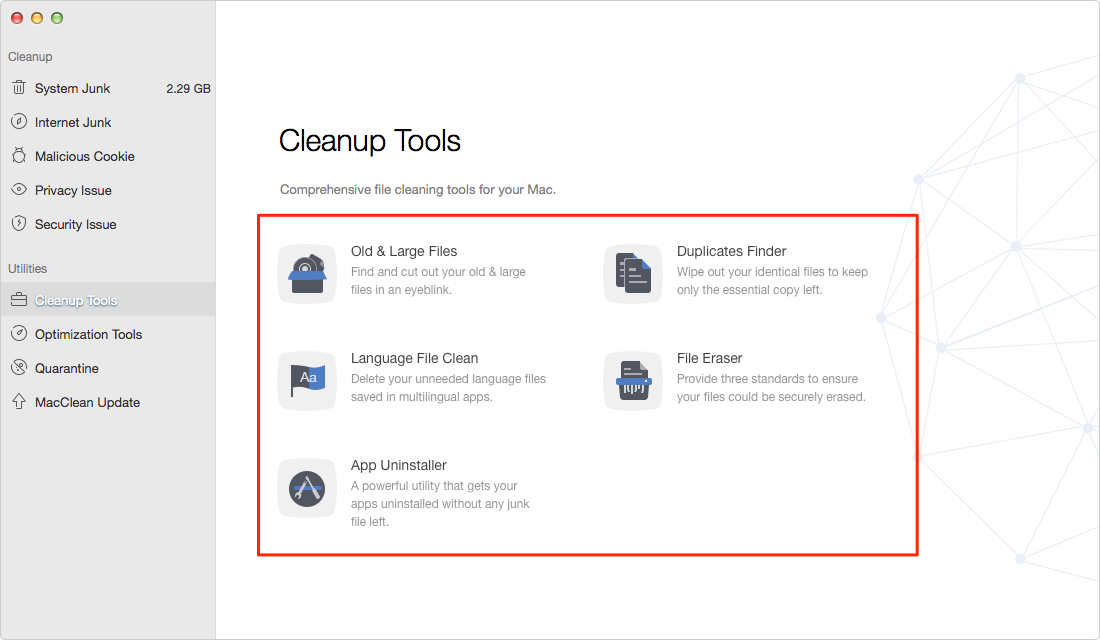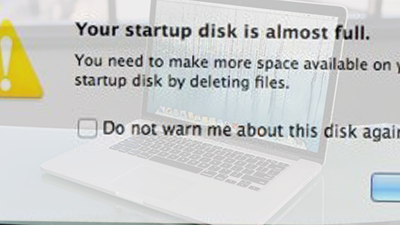

Files in the trash bin still consume HD space, so unless you empty the trash bin, you’re not saving space by storing files here.įiles in the trash bin can be delete individually or all at once by right clicking the Trash Bin icon and clicking “Empty Trash”. Rather, it is a place for us to put files aside before permanently deleting them. The Trash Bin in OS X is not your junk or deleted files’ folder like in Windo=ws. But we won’t recommend it for general users.

You could get around the Trash Bin step by using a custom command. There is no way to delete things immediately without putting them in the trash bin first. Then expand them when you need to use them again.ĭid you empty the Trash? When you move a file to the Trash, its storage space doesn't become available until you empty the Trash.On Mac OS X, files that we choose to delete go into the Trash Bin before being permanently deleted. If you don't want to delete certain files, you might be able to save space by compressing them.

If you use your Mac to back up your iPhone or iPad, you can delete old backups.Also choose Mailbox > Erase Deleted Items. If you use the Mail app for your email, choose Mailbox > Erase Junk Mail from the menu bar in Mail.Delete files in your Downloads folder. Open this folder from the Dock, or by choosing Go > Downloads from the menu bar in the Finder.Delete music, movies, podcasts, or other media, especially if it's media that you can stream or download again as needed.You can also delete files that you no longer need. If you have another storage device, such as an external drive connected to your Mac, you can move files to that device. Media files such as photos and videos can use a lot of storage space, so you can take steps such as these:


 0 kommentar(er)
0 kommentar(er)
